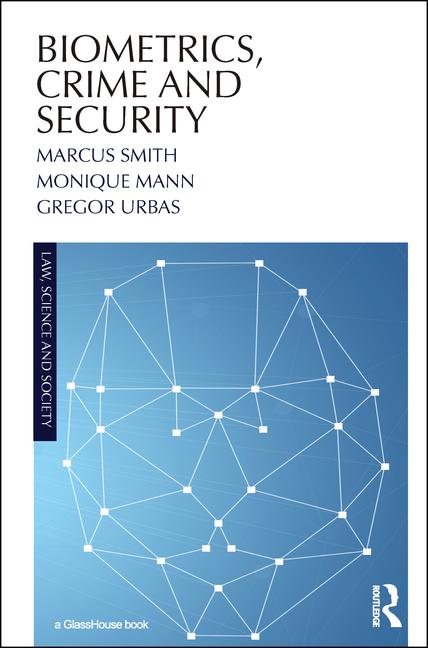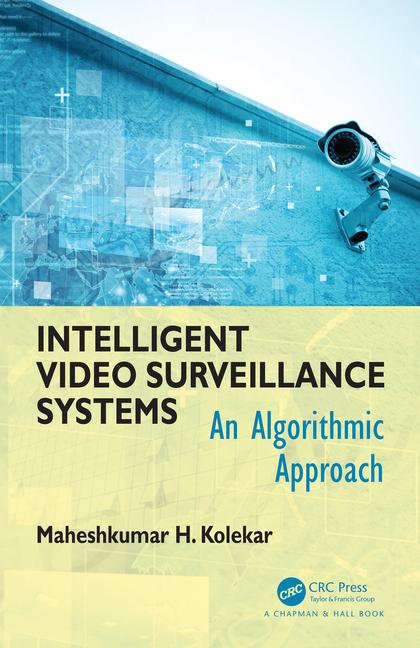Can biometrics change the story?
James Lowder, chief technology officer of MDI Security, San Antonio, Texas, said he envisions the day when a school has a biometric access control system in place to help responding firefighters not lose critical minutes to find missing children.“Should a fire occur, school officials would know through mobile readers which students were missing. A school could then use specially placed video cameras to locate the children and document their decision to hide in the closet,” said Lowder.
As the technology cost decreases, the senior executive said he hopes school districts will soon embrace its capabilities and cost effectiveness.
Biometric systems could not only help with disaster preparedness issues, but also help schools track their daily enrollment, document truancy, deal with discipline issues and monitor the location of high-cost equipment and computers.
“I think that access controls can be significant aids in helping schools in their efforts to combat crime and violence provided the access controls are used properly and are made part of a broad-based comprehensive strategy,” said William Modzeleski, associate assistant deputy secretary, Office of Safe and Drug-Free Schools, U.S. Department of Education.
Still, school districts may not be ready to change to these new systems.
“Typically school systems would need to show that using the new system would be more cost effective than the old method, which essentially was nothing,” said Gary Hoover, Ph.D., a University of Alabama economic professor who teaches public finance courses.
Yet, some schools districts are now underwriting the costs to build rudimentary access control systems. Michael Garretson, the Broward County, Fla. Public School deputy superintendent for construction, said he realized the need to expand his district’s security access control system. The district, which includes the cities of Fort Lauderdale and Pompano Beach, Fla., will spend $24 million to upgrade its 300 school access control systems.
“We are creating a single controlled point of entry, a double fence line, one for the entire campus and one that just controlled access to the buildings,” said Garretson. “We are also adding cameras and upgrading to color in those schools that are still using black and white ones.”
Once the new access control system is installed, Garretson said his district will require staff to carry their ID cards. In addition to providing staff access to the schools, the ID cards will also serve as debit cards for vending machines and school cafeteria purchases.
Benefits of biometrics
School administrators may question the costs of building access control systems into their infrastructure, but Garretson pointed out that there are a number of possible benefits in addition to improved risk management practices.Keeping child predators out of schools: In Florida, everyone from the principal to the delivery guy delivering the snacks and sodas to the teacher’s lounge will have to have an FBI Level 2 background check. Even parent volunteers must submit to this process. The background checks are part of Florida’s Jessica Lunsford Act, enacted this year to protect students from child molesters.
Discipline: Garretson said his district will test a complete biometric access control system at three alternate education centers this year for 300 students ages six to 20. “All students are required to be transported by school buses,” he said. “This has been a problem area with students boarding the wrong bus accidentally or with more devious intentions.”
Garretson said he hopes that by adding the biometric ID system to buses that he hopes his district can minimize the problem. “Because this is a small and unique population, we do not expect any objections,” he said. “In fact, parents and administrators have been very supportive.”
Attendance: Children who ride the bus to school can scan their finger or thumb on a mobile scanner as they board. Once they arrive at school, they can access a door guard, which records the time they arrived. In middle and high schools where students change classes, another door guard can be placed on each classroom monitoring the arrival of each student.
“I think teachers will see a considerable amount of savings because the attendance taking function will be fully automated,” said Lowder. “As schools must compile daily attendance records to qualify for their funding, this function will save district administration considerable time and costs. Teachers could spend more time teaching than completing attendance reports.”

Johns points to research that show a 15-30 percent decline from elementary schools to high schools for participation in the USDA National Lunch programs. He believes school cafeteria managers can set up systems where their register reads the student’s ID card to see if they are enrolled into an income database that qualifies them for the federal subsidized breakfast and lunch program. For one school system with 4,000 students, a 5 percent increase in the USDA subsidized program can mean nearly $80,000 in additional funding, said Johns.
Keeping track of equipment: Lowder said he believes schools could use a radio frequency identification tag to keep track of high value items located within a school with an access control system. “If a school purchases new computers or telescopes, it can then place this tag onto them,” he said. “If someone moves them out of the school or classroom without permission, it can set an alarm to notify a school district’s security team or local police force.”
Deterring terrorism: Until an attack by Chechnyan terrorists against a Russian school in September 2004, a classroom had never been attacked before.
“School system security has mostly been a matter for the local districts but with increasing threats, the federal government is at least paying attention,” said Hoover.
“If successful, they probably would implement a matching grants program,” he added.

Garretson said he thinks parents will want an access control system set up in their children’s schools, but he admits he has heard some concerns as well. “As I talk to parent groups, they all want greater security in schools,” he said. “The series of sexual predator incidents in Florida this spring has heightened interest in security.”
Yet Garrettson notes that parents also have shown some fear in the use of biometrics. “When I mentioned biometrics I can seen in the faces of some parents that they consider this an invasion of privacy,” he said.
Even with several incidents involving weapons, Garretson’s school board overruled the use of metal detectors.
Lowder said he believes once schools like Broward County expand their access and biometric control systems, parents will quickly embrace its advantages.







